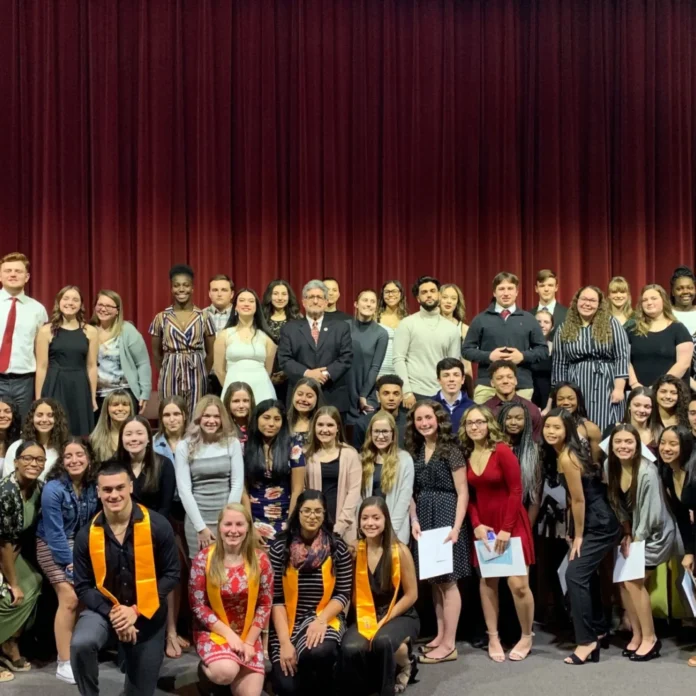In 2005, La Universidad Nacional Autónoma de Nicaragua (UNAN) hired me to teach International Law through the School of International and Public Affairs (SIPA) at Columbia University, where I was finishing my graduate degree. After several weeks instructing and advising a group of 60 law students in Leon, Nicaragua, my work was closed down by forces within the university. I write to detail this experience, and to clarify the course of events.
The U.S. embassy intervened within the autonomous life of the university. This intervention ultimately contributed to my dismissal. My experience amounted to censorship and speaks to the power relations that persist in Nicaragua, keeping this Central American nation in the U.S.’s sphere of influence.
Before I document my experience in Managua and Leon, it is important that the reader have a basic foundation of Nicaraguan history in order to understand, first and foremost, how this country arrived at such an astonishing level of poverty. This is an article I wrote for the American reader, on the 36th anniversary of the Sandinista revolution. Without some familiarity with Nicaragua’s tortuous yet triumphant history, the build up of tensions and the denouement of the plot in which I played a small part will make little sense. This was the country I was entering into, a country I had read about, and admired for its resistance, my entire life.
I. War and Occupation: Through whose Eyes?
In the introductory {1} seminar, I highlighted my experience researching and organizing in oppressed countries on three continents, offered observations on key human rights covenants and treaties, and the conceptual foundations behind them and the lack of enforcement mechanisms within the current global socio-economic model. The seminars that followed focused on {2} Sexual Violence and Strategies of Resistance – A Case Study of the Dominican Republic, {3} the screening of an anti-trafficking documentary and a critique of the structural inequalities that give birth to the reality of sex work and {4} The Landless People’s Movement in Brazil: The Right to Organize.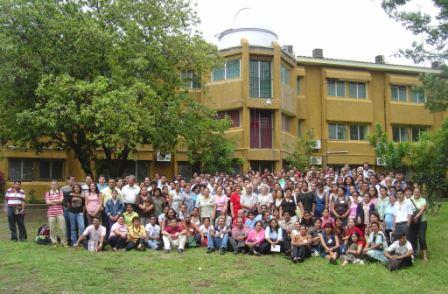
In the fifth {5} seminar, I analyzed human rights questions closer to home, my home. I spoke on “The U.S. Occupation of Iraq: Violations of Iraqi Human Rights and Sovereignty.” I showed a poignant documentary called “The Hidden Wars of Desert Storm” which offered a view of the war through Iraqi eyes. I also invited two International Relations professors and five student leaders from FEUCA (Federacion de Estudiantes Centro Americanos) to share with them the reality of two decades plus of U.S. devastation of Iraqi infrastructure and life. This was consistent with my open-door teaching style, whereby any members of the community were invited to participate in the classes. The seventy participants were moved by the course’s content. Students wanted to know: “With what authority does the U.S. government preach human rights, when it is the biggest violator of these rights in other countries?” “Of what use is International Law, if it is not respected?” “How can we oppose this war?”
These pivotal questions echoed the very questions I posed as a graduate student at SIPA, questions to which I never received satisfactory answers from my professors.
When I arrived in Nicaragua and up until this point, I was treated like royalty. The Human Rights department was proud to host an American “expert.” I had a small entourage of students and department assistants who traveled with me everywhere in Leon & Managua. If I had parroted mainstream human rights discourse, I would have continued to enjoy this status as “a visiting scholar and expert.” I did not, and the contradictions rapidly intensified within the department.
II. Imperial Double Standards
At the heart of the fifth seminar was the question of terminology. Why does the human rights field apply the term genocide to the death of 800,000 Rwandans in 1994 and the massacre of 200,000 East Timorese over the course of 15 years of Indonesian occupation but ignore massive Iraqi, Afghani & Palestinian deaths? What term do we use for the 27,000,000 people of Iraq who have lost family members since 1991? Why is the liberation of language important?
The first six weeks of U.S. bombing in 1991 killed 150,000 people.[1] After the latest invasion of Iraq, the most reliable sources placed the number of Iraqi casualties at over a million. Officials within the United Nations such as Denis Halliday, former United Nations humanitarian coordinator in Iraq, estimated the number of Iraqi casualties between 1,000,000 and 1,500,000 spanning the 15 years of invasion, occupation and sanctions.[2] Wide-spread sources documented the U.S. military’s illegal use of depleted uranium, the destruction of the desert ecosystem, the use of napalm against trenches, and radiation poisoning.[3] The full spectrum of Iraqi resistance today—from ISIS to secular expressions of nationalism—flows from the West’s ignoring of the barbarous effects of the U.S. war on the civilian population. We ignore Iraqi suffering at our peril.
“Holocaust,” “sanctions,” “humanitarian intervention,” “dictatorship,” “failed state”…all of these terms have been politicized. They are strewn about or withheld depending on imperialism’s relationship with a particular country. Saudi Arabia – with its 20,000 princes – is not defined as a dictatorship because it functions as an attack dog for U.S. interests in the region. Israel—with its apartheid system in effect against the natives of this land—is the number one recipient of US aid in the world. In contrast, the international media vilified Syria and Libya—which had much sounder social, economic and political rights for its citizens—solely because they stood as the last vestiges, despite whatever contradictions, of a self-determining Middle East. The American public—hypnotized by the anti-Assad, media war drums—became overnight “experts” in the histories of nations they had scarcely heard of. Regardless of Assad’s human rights record, the U.S. government has a sordid history of manipulating the truth and is no position to decide who the human rights violators are.
III. Opening up Dialogue across Central America
The universities in Nicaraguan had a one week break for national holidays. Student organizations and Political Science departments invited me to present conferences on “An Alternative View of Human Rights” to other public universities in Central America. It was a wonderful opportunity to travel the region via the “Tica” bus and build up more contacts who were of like mind and heart.[4] I facilitated seminars in Guatemala, Nicaragua, El Salvador and Panamá over the course of the semester. I was honored to trek through the lands of Farabundo Marti, Rigoberta Menchu, Omar Torrijos and so many other epic fighters. It was a spiritual sojourn through countries I first learned about through Noam Chomsky and Eduardo Galeano’s writing which documented the horrific civil wars the U.S. oversaw in the 1980’s to keep these countries “in their place.”[5]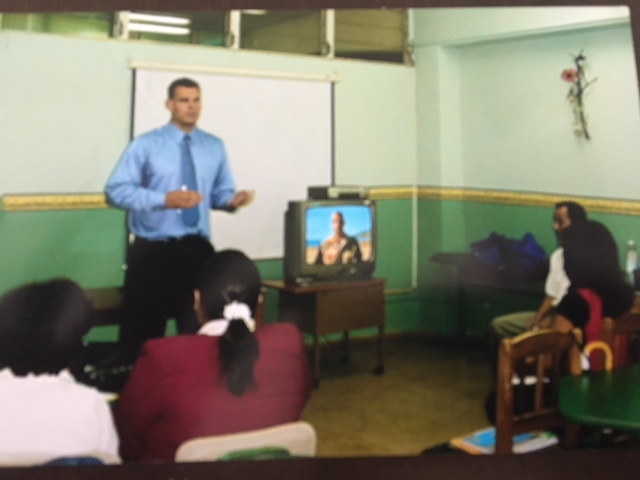
On July 28th, I showed “The Hidden Wars” to large seminars of political science students in Guatemala City. At 9 pm, after the second seminar I went out for dinner with the elected student leadership body and two indigenous Guatemalan professors. Through these conversations, I felt the tangible shock and anger on the part of the students, learning about the reality of U.S. invasion beyond the mainstream headlines. A handful of Nicaraguans and other Central Americans felt so impacted by the relentless assault on the Iraqi and Afghani homeland that they asked me in private how they could cross international borders in order to support the Iraqi resistance. As veterans and survivors of decades of resisting U.S. proxy forces in their homeland, they understood all too well the pain and devastation visited upon these occupied lands. The veterans of U.S. intervention understood that Syria was today’s Nicaragua and Libya was today’s El Salvador or Mozambique. Their sincere inquiries were symbolic of the solidarity they felt and the universal feeling—in the words of Friedrich Engels—that “no human pain is foreign to us.” If only our organizations were sophisticated enough to facilitate this level of internationalism, reminiscent of the Spanish Civil War.
As we exited a restaurant adjacent to San Carlos University at 10:30 pm, a group of ski-masked individuals robbed us with guns and machetes. They sped off on motorcycles with my collection of documentaries from Cuba, Haiti, Palestine and beyond. I felt crushed. The use of these visual resources across Central America, backed by a historical contextualization of western interference in the Middle East, had motivated many students and professors to take a more active stance against U.S. imperialism. The masked men also took my passport. I was not leaving Guatemala anytime soon. My plans to do outreach in Honduras and Belize were cancelled. Guatemala City was in the midst of massive protests against the latest U.S. “free-trade” agreement CAFTA-DR. I could not make an appointment at the embassy to apply for a passport with hundreds of thousands of protesters surrounding the embassy. After a week of waiting for a replacement passport, I returned to Nicaragua.
IV. Silencing Intellectual Dissent
For the sixth {6} seminar back in Nicaragua, I planned to examine what forms global resistance took in a unipolar world. I did not want to feed any more sand to the desert without highlighting the many times oppressed people have stood up, fought and won against the neo-colonial barbarism that I had previously highlighted. Up against such overwhelming devastation, it was important to find hope and a reason to believe and organize.
As was typical with my syllabi, after identifying the problem, I then focused on the massive entrance into history of the toiling people of Cuba, Grenada, Venezuela & elsewhere. I left Nicaraguan politics and history alone; the students came from different class backgrounds, and revisiting the horrific U.S.’s proxy Contra war would have been traumatizing and divisive for the students.[6]
On August 3rd, I met with Professor Francisco Porra and two student leaders to preview the documentaries Zapatista and The Revolution will not be Televised, a film about a U.S. sponsored coup in 2002 against the democratically elected government of Hugo Chavez in Venezuela. This was to be the last occasion during which I was formally allowed to meet with any member of the course.
On August 5th, in front of the human rights course the director of the institute, Dr. Paguaguá, stood up and announced that all activities under my coordination were to be suspended until further notice. She had not previously contacted me about this decision. I was caught off guard.
After Dr. Paguaguá, my attention shifted to an event scheduled for the next day. In consultation with a group of students, I had planned a series of gatherings and workshops in the oppressed and peripheral neighborhoods of Leon. I stood up and told the group of 70 students that Saturday’s event would go forward regardless of her instructions because this was bigger than politics and bureaucracy. I refused to sacrifice the students’ credibility in a neighborhood where we had invested time and resources to build up trust so that the university could contribute something positive to historically neglected areas. I explained that if we could not do it in the name of the HR institute we would organize it under the banner of an international anti-war coalition. The students were visibly confused by the conflicting instructions. Dr. Paguaguá was flustered. She interrupted me again and said I was not authorized to speak.
V. “Western Rights”
Dr. Paguaguá preemptively dismissed the students and told me to go to her office. She stated that there was a major problem with the way I was teaching. She accused me of not being “objective” and of having a “political agenda.” I understood all too well what she meant by “objectivity.” When one’s ideas expose inequality and its origins one is accused of “taking sides” and “having an ideological agenda.” When one is largely silent and remains “neutral” before the big questions, one is regarded as objective.
The accusations were that I was anti-American and had a leftist agenda. Her exact accusation was “proselitismo político,” or “political proselytizing.” She instructed me to stay within the traditional parameters of Human Rights. I responded, articulating the following thoughts:
“Human Rights, in order to be truly “human,” must be taught through diverse historical lenses, otherwise they are Western Rights. All educators have an agenda; I was forthcoming with mine. The concerns, views and experience of the vast majority of the world’s people, who live in abject poverty, form the only true basis of “objectivity.” The war “on” terror is a war of terror and the intentional polarization of humanity into two warring factions – Muslim and Christian – is a necessary illusion to secure the US-dominated $950 billion dollar arms industry.[7] If the Human Rights discipline had real intellectual integrity, the practitioners would question their Eurocentric prioritization of non-European/American (white) HR violations & highlight the state crimes of “the greatest purveyor of violence” that humanity has ever known, the U.S. government.”[8]
Dr. Paguaguá refused to budge from her position. She told me she respected my convictions, confirmed that they were intellectually valid, but stated that this was not the correct forum for them. I told her I could never sacrifice everything I believed in and deliver token seminars that do not even scrape the surface of everything that is wrong in this world. As long as I only highlighted the symptoms of an unequal social order—sex tourism, violence and gangs, street crime, South-to-North migration patterns, the trafficking of children—I was allowed free rein. It was when I began to question the structural roots that give birth to these phenomena that suddenly I was accused of “not doing my job.”
I asked her, “Am I being censored?” The director—her posture visibly shaken—said that she had “a job to do and was not about to alienate the program because of a visiting scholar’s political agenda.” I was not officially fired because I continued to be the coordinator of the law students’ Internship/Community Service requirement. However, the director instructed me to limit myself to a narrow understanding of individual rights and to steer away from an overarching analysis of international politics, specifically in the Middle East and Venezuela. Until I agreed to this point, I was not allowed to have further contact with the students.
VI. Dependency
The Human Rights institute received the bulk of its funding from the U.S. embassy. I visited the embassy on one occasion on July 15th, 2005. I had a meeting with the cultural attaché, the functionaries in charge of releasing grant funds, and several other State Department employees. I submitted a proposal for human rights education within Nicaragua’s most impoverished neighborhoods and the insertion of 70 human rights law students into the infrastructure of this project. This was the only contact I ever intended to have with the embassy.
The Human Rights Institute within UNAN is a microcosm of the brutal dependence that characterizes life in Latin America. Funding is almost exclusively from NGO’s and embassies in the North and is inevitably conditioned on carrying out the powerful government’s priorities. James Petras’ writing demonstrates how NGO funding is used to push US interests abroad and to win over young talent that could be used to build up the liberation movement. The Revolution will not be Funded is an apt title for a book that excavates this very subject.
VII. The Insurrection of Subjugated Knowledge
I reflected on the impact these critical seminars could have on the law students. The majority of the students were in their 5th or 6th year at one of Nicaragua’s most prestigious universities. I had struck a critical nerve in Nicaraguan politics.
How would the students interpret the situation? A core group of ten students emerged who had an accurate understanding that there were bigger forces at play. They commended me for having the courage to illustrate the moral double standards at play. They told me they would rebel and protest the course until I was reinstated. I advised them that this might not be the proper tactic, depending on the position of the other students, and as it turned out, the majority, while curious about what was happening, were not willing to take a stand against the director.
I went ahead with one brigade, the Carlos Fonseca Brigade.[9] We organized the first community event in one of Leon’s most impoverished barrios. The event was well-organized and well-attended. Out of a brigade of 18 students, 15 participated. The three who were absent did not want to participate in an event that was not sanctioned by the director. Some fifty members of the community participated in the event, an event which proved rich in dialogue about human rights, crime, policing, unemployment, and gangs. There were also cultural performances and traditional pinol, a corn porridge drink, typical in Nicaragua.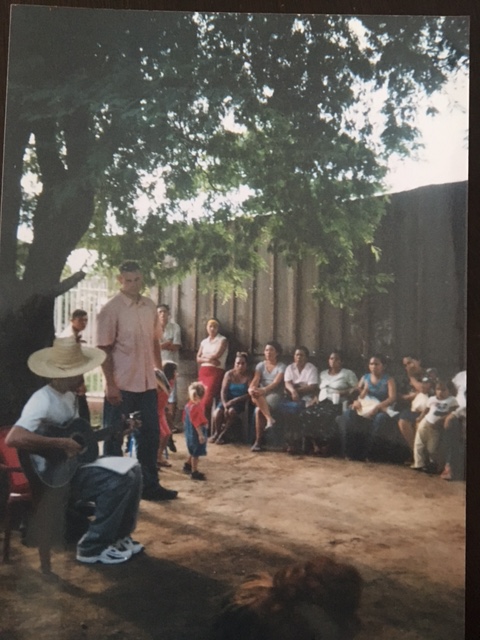
My next task was to try to meet with various groups of students to measure their commitment to protesting against the censorship. When I called meetings with them, only a few from each brigade responded. A week passed. It was time to reconsider my next step. I was on the outside looking in.
I approached the director and agreed that it would be impossible under these circumstances for me to continue teaching. I explained however, that my priority was to set up the students’ interventions in marginalized areas of Leon. I would limit myself to that role and set up gatherings on my own time for anyone in the community to participate in. She welcomed the reconciliation and invited me to speak to them at the next lecture about the upcoming phases of the project.
VIII. ‘Incandescent with anger’
On the morning of August 12th, I sat before the class waiting for my turn to speak. I was curious about how Dr. Paguaguá would explain away the scuttlebutt that was circulating. The tension was ever-present. I felt emasculated sitting there without the opportunity to clarify what had occurred. As she spoke about unrelated subjects, I couldn’t tell if she was merely buying time and ignoring me.
Finally and to my surprise, she launched into her interpretation of what had transpired. She began by saying that she commended me for my talents and my experience organizing in different countries. She indicated that I was a solid fit for this position but that she considered it entirely inappropriate that I would use this venue to promote a left-wing ideology. There was a collective gasp among the students. The vast majority were witnesses to the fact that while I had indeed been critical of U.S. foreign policy I had never mentioned the forbidden words the US government fears—socialism, Marxism, class struggle or Cuba.
She granted me the opportunity to reply. I called on the group of fifteen students who had participated in the first community event to stand before the class. The students had organized a critical reflection and each student reflected on the successes and weaknesses of the event. They related their field work back to themes of community-organizing, selflessness, and a long-term vision of de-politicizing human rights. One student spoke for the group:
“Daniel taught us that human rights are not just something written in fancy books. He took us there. We were afraid to go into our own neighborhoods. We said those kids are gangbangers. They have knives. They will stick us little spoiled brats up. And they probably would have. But Daniel went right to them. He extended his hand to them. He said, ‘no that’s not the enemy. That’s the future of Nicaragua.’” 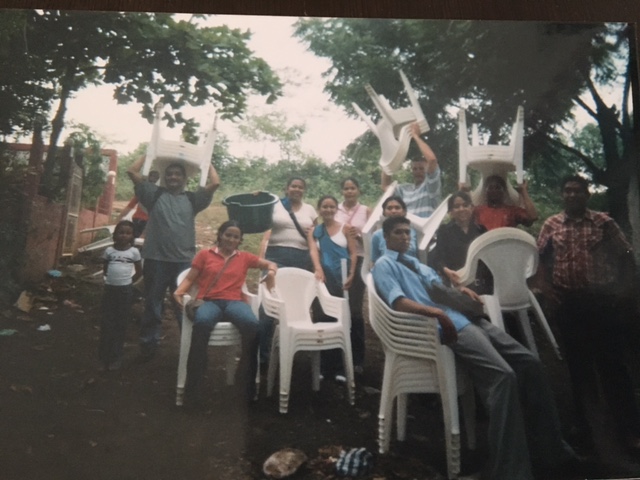
The students were polarized. The exchange that ensued was a microcosm of the ideological and intellectual divisions that have riddled university and political life in Nicaragua. The misnamed “Cold War”— which was in essence a Global Class Struggle—had yet to write its final chapter. In the words of one student, Mariam;
“The director and the few students who backed her position were incandescent, glowing bright red like the lava of the volcano Masaya. I thought they were going to explode when we came to your defense.”
This forgotten land—battered and brutalized by a government that claimed to act in my name, under a flag that I am supposed to be proud of— had stood up again. I thought of Ben Linder. I thought of S. Brian Wilson. Arlen Siu. Leonel Rugama. Sandino. There were so many heroes and not enough memory.[10] Meanwhile, two students following the director’s lead, kept referring back to my alleged connection with the Venezuelan government. It was like a page out of McCarthyism. I thought of the hundreds of thousands of Nicaraguans who have been pitted against one another like the Crips and the Bloods and African Americans and poor whites. There was nothing left for me to say. The bond with this group of students was the true victory. They didn’t need the university to do the work that needed to be done.[11]
IX. Cold War Politics: 2005
I also sought out allies within the University. I contacted Mauricio Carrión, the Dean of Academic Affairs. I explained to him the dynamics of the situation. He was a veteran Sandinista and had fought the U.S.-led Contra invasion for six years. He heard out my perspective. Reading his body language, it was clear there was no love lost between the dean and the director of the HR department.
He intervened immediately. He called Dr. Paguaguá into a meeting. He reprimanded her for bringing politics into the university, the very charge leveled at me. Professor Carrión opened up other channels within the law school through which I could freely express these sentiments.
Representatives from the US embassy asked to meet me. They left messages at my residency at La Casa del Protocolo (professors’ housing). On August 16th I received a call from Marcia Bosshart, The Director of U.S. Public Affairs. She asked me why I had ignored the embassy’s phone calls, then requested that I visit the embassy the next day to speak about my performance within the institute.
Mrs. Bosshard then spoke about “the fragility of politics in Nicaragua, left-wing tendencies that would manipulate me with ulterior intentions and the importance of a non-politicized take on human-rights.” She invited me to take part in some basketball clinics the embassy was hosting with professional players from the U.S. What a grand contribution to a country U.S. foreign policy plunged into civil war and decimated with unexampled brutality! Token, feel-good, donate-to-poor-Nicaraguan children’s’ programs! This brick-in-the-wall functionary thinks that the U.S. can wipe its hands clean of the past and gloat over its giving spirit before the media’s cameras! And she wants me to be a part of this P.R. charade?
I nodded passively and cordially, seeming to be in agreement with her take on things. I had nothing to say. Careerists were not going to be swayed by my worldview. I told her that if they wanted to meet with me in person they should come visit me at my housing or wait until I was back home in the Bronx but that I did not see any need to go to the embassy. The embassy’s cultural attaché, Rafael Foley, then contacted Columbia University, the institution that sponsored and funded my stay in Nicaragua and registered a complaint that I was not “fulfilling my teaching duties.”
I asked the director why it was necessary for the U.S. embassy to get involved. She claimed that they had sent functionaries to investigate my performance and that they had witnessed “my slanted discourse.”
I refused to respond to their inquiries. They called one of my colleagues, Professor Franscico Porra to a meeting in Managua to comment on my performance. What follows is this professor’s testimony:
“When I entered the embassy and cleared security I was called into a room where five agents were gathered around a long rectangular table. I sat down and they immediately asked me about Mr. Shaw’s teaching performance. I asked more specifically what they were referring to. They indicated that they wanted to know if Mr. Shaw had continued teaching and coordinating criticism of U.S. politics or if he had altered his opinionated style.”
“I felt trapped between two flames. My mind raced 20,000 kilometers per hour. I thought about my job and my future wife. I thought he will leave for the U.S. but I will stay. My gut spoke for me. Mr. Shaw understands his right within the university to “libertad de catedra,” or freedom of speech. They persisted with their questions. I told them that your posture had not changed.
The Director of Public Affairs spoke English. They asked me questions along the same line. She gave some instructions to several agents. I don’t speak English but it was clear their intention to remove you permanently from your position.”
When I returned to the casa de protocol, there were messages from the embassy expressing their wish to meet with me. I packed my bags. Two employees of the embassy went to the university and requested my immediate dismissal. Apparently the director considered my dismissal to be too harsh of a measure, perhaps because of the eyes that were on her within the University.
Upon my return to New York I received the following message from another embassy employee. who worked within the grant funding department: “During my evaluation at the Embassy my boss commented on what had happened with you. According to her, you were a headache. They put something in your record that would prohibit you from getting federal funding or federal employment in the future.”
In closing, I will again cite the primary human rights documents that the U.S. professes to uphold. Article 13 of the International Covenant of Economic, Social and Cultural rights states: “Education shall be directed to the full development of the human personality and the sense of its dignity, and shall strengthen the respect for human rights and fundamental freedoms.” Article 19 of the Universal Declaration of Human Rights Article declares: “Everyone has the right to freedom of opinion and expression: this right includes freedom to hold opinions without interference and to seek, receive and impart information and ideas through any media and regardless of frontiers.” The State Department acted to arrest the process of conscious-raising, with utter disregard for these covenants.
Through it all, the quest for the truth remains firm. The gift I most cherish from my experience was the bond I forged with those students in Nicaragua whose priority was not just to obtain the highest grades but to engage in a genuine quest for a critical education. The struggle continues until the vision of Augusto Sandino, Carlos Fonseca and Dora Astorga are a reality for all Nicaraguans and for all of humanity!
Danny Shaw
Managua, Nicaragua
September 2005
[1] Clark, Ramsey. The Fire This Time US War Crimes in the Gulf. New York: Thunder Mouth’s Press, 1994.
[2] Arnove, Anthony. Iraq Under Siege. Cambridge: South End Press, 2002.
[3] International Action Center. Challenge to Genocide. (New York: IAC, 1998).
Caldicott, Helen. Metal of Dishonor. How Depleted Uranium Penetrates Steel, Radiates People and Contaminates the Environment.
UN Food and Agricultural Organization. The Children are Dying. The Use of Sanctions as a Weapon of War. New York: World View Forum, 1996.
[4] Tica/o is a national nickname for Costa Ricans.
[5] Chomsky, Noam. What Uncle Sam Really Wants.
Chomsky, Noam. Deterring Democracy.
Galeano, Eduardo. Open Veins of Latin America.
[6] The example of Nicaragua reconfirms yet again what the US government has done in the name of “democracy.” Paul Dix and Pamela Fitzpatrick’s book Nicaragua: Surviving the US Legacy of Foreign Policy documents the lives of the survivors of the Contra War. In the words of survivor Coni Pérez: “It is terrible to think that in a country like the United States, the young people who live there don’t know anything about what their own country does in other countries.” Another victim of the Contras is quoted as saying: “I know who killed my mother. I don’t hate them. I blame the gringos who were the ones that made Nicaragua divide itself. . . . The gringos were behind all of this. The Contras were also victims of the gringos.” It is important to elevate these voices to inform the working people of the U.S. that the humble people of Nicaragua, Syria, Iraq, Palestine and beyond are not our enemy.
[7] See Huntington, Samuel. Foreign Affairs. “Clash of Civilizations.” 1993
And the brilliant rebuke by Said, Edward The Nation. “The Clash of Ignorance.” October 22, 2001.
[8] Genocide by Sanctions and What I’ve Learned about US Foreign Policy: The War Against the Third World are two informative documentaries which broach these questions.
[9] I assigned each team of students a name based on national heroes. Carlos Fonseca was the founder and ideological-motor of El Frente Sandinista who was assassinated in 1975.
[10] See Shaw, Daniel. 365 Days of Resistance. New York: Create Space. 2014.
[11] There was also a group of Spanish professors from the University of Alcalá in Madrid who invested their time in understanding the dynamics of this repression. On August 16th they took the initiative and participated in a talk I gave concerning Venezuela, the nationalization of oil reserves, and the exit of Exxon, Royal Dutch Shell from the Venezuelan national scene.
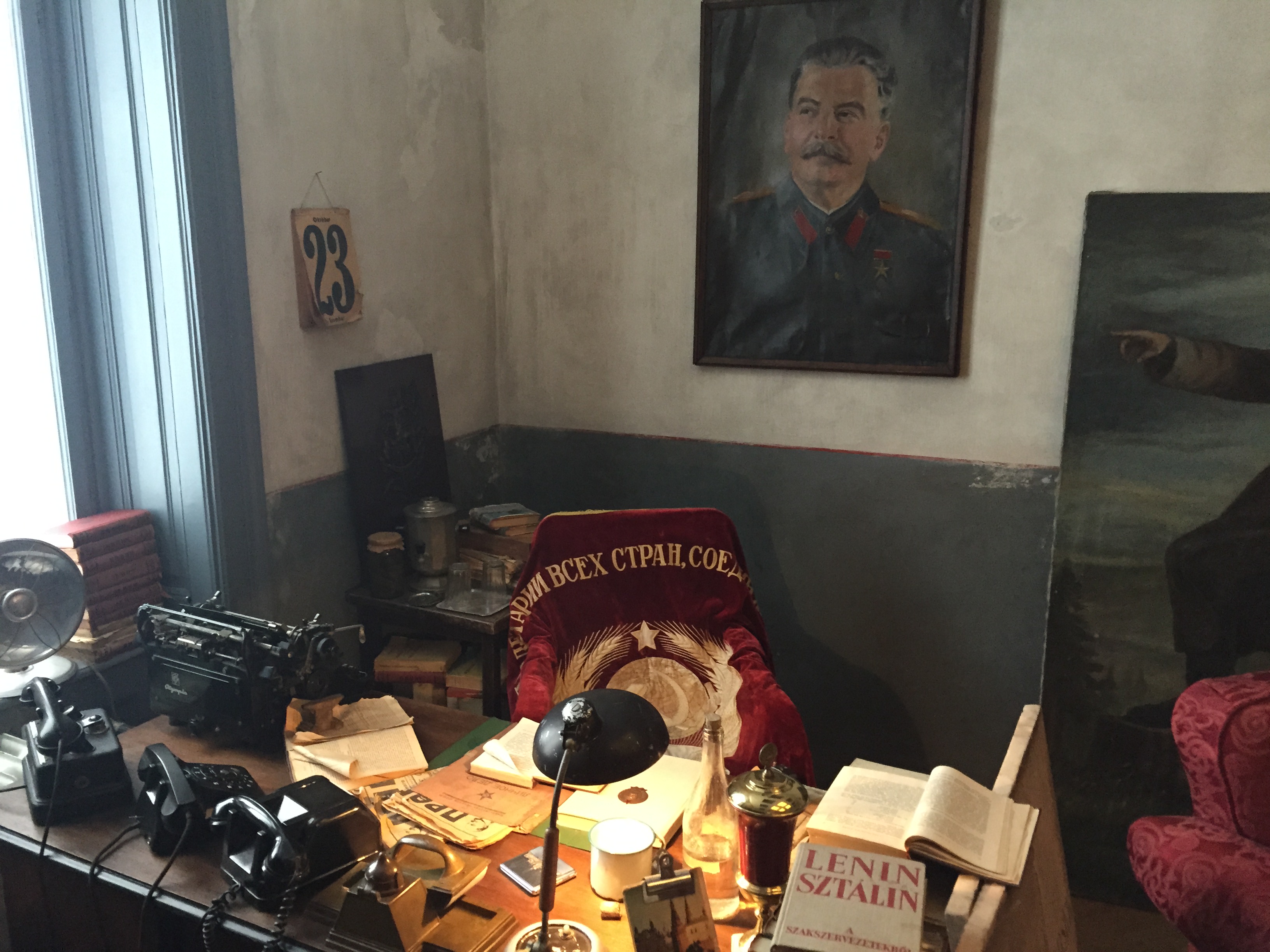
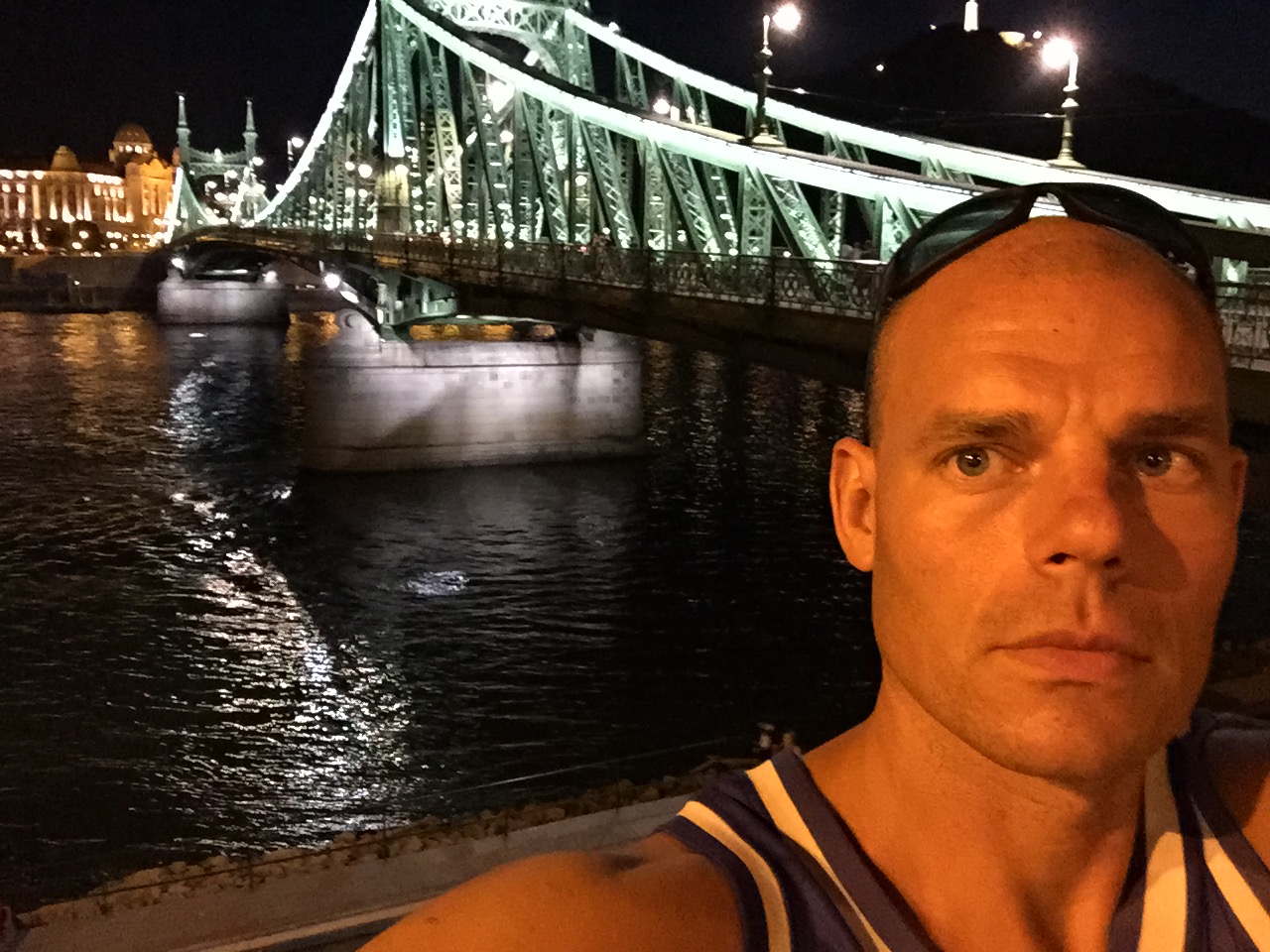



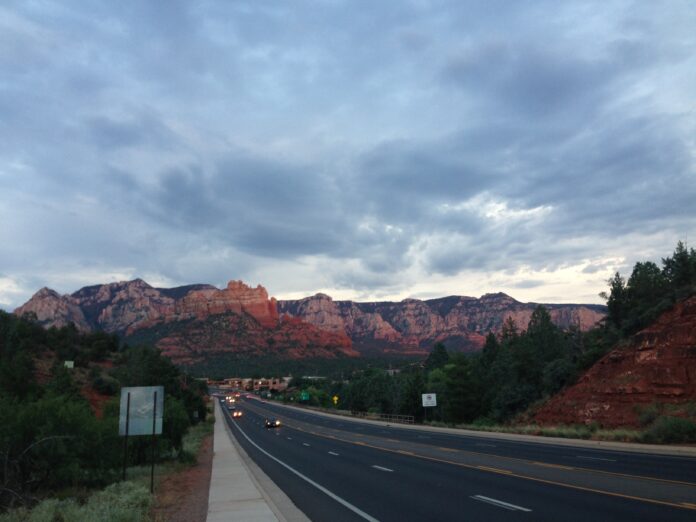
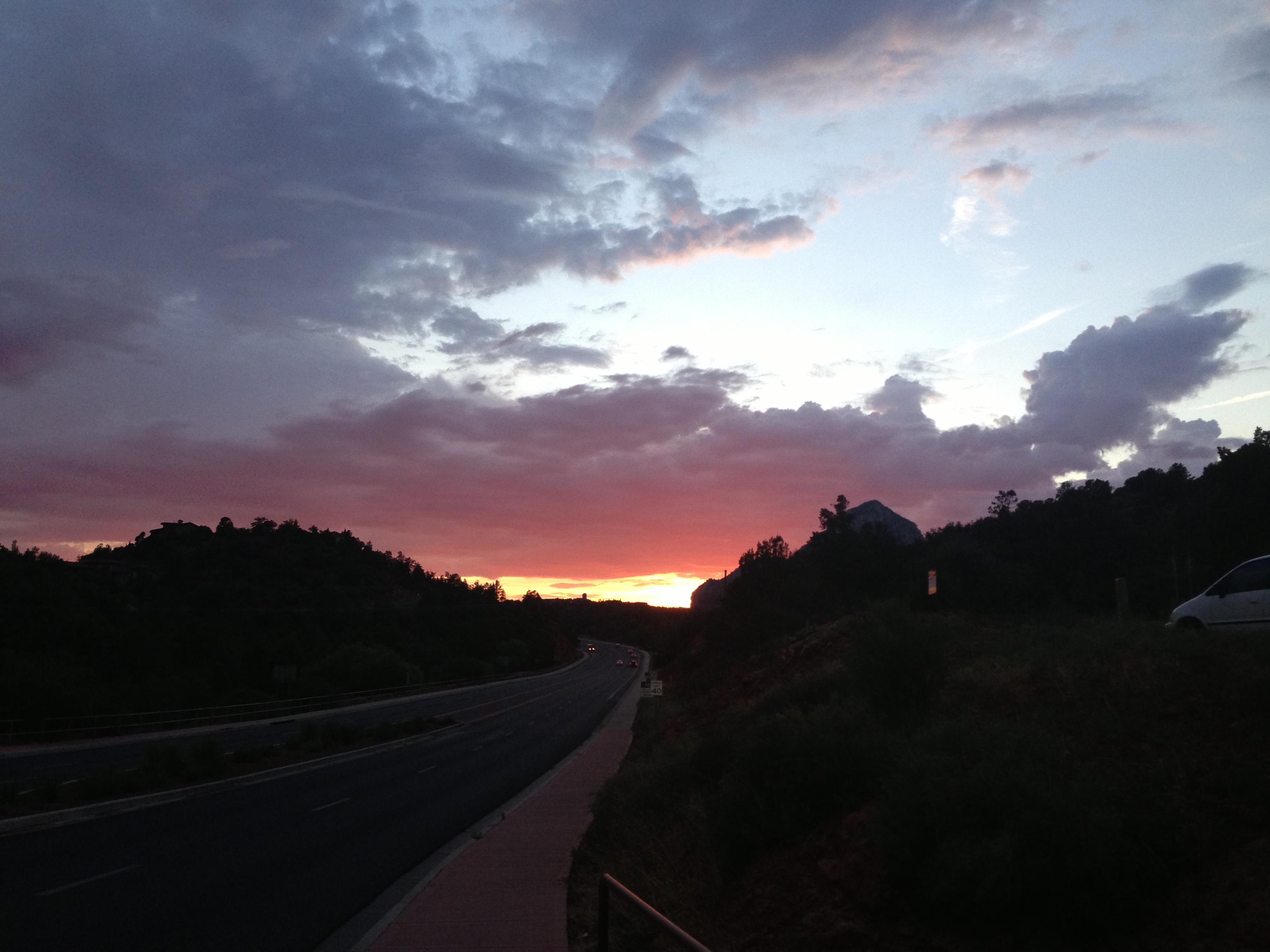
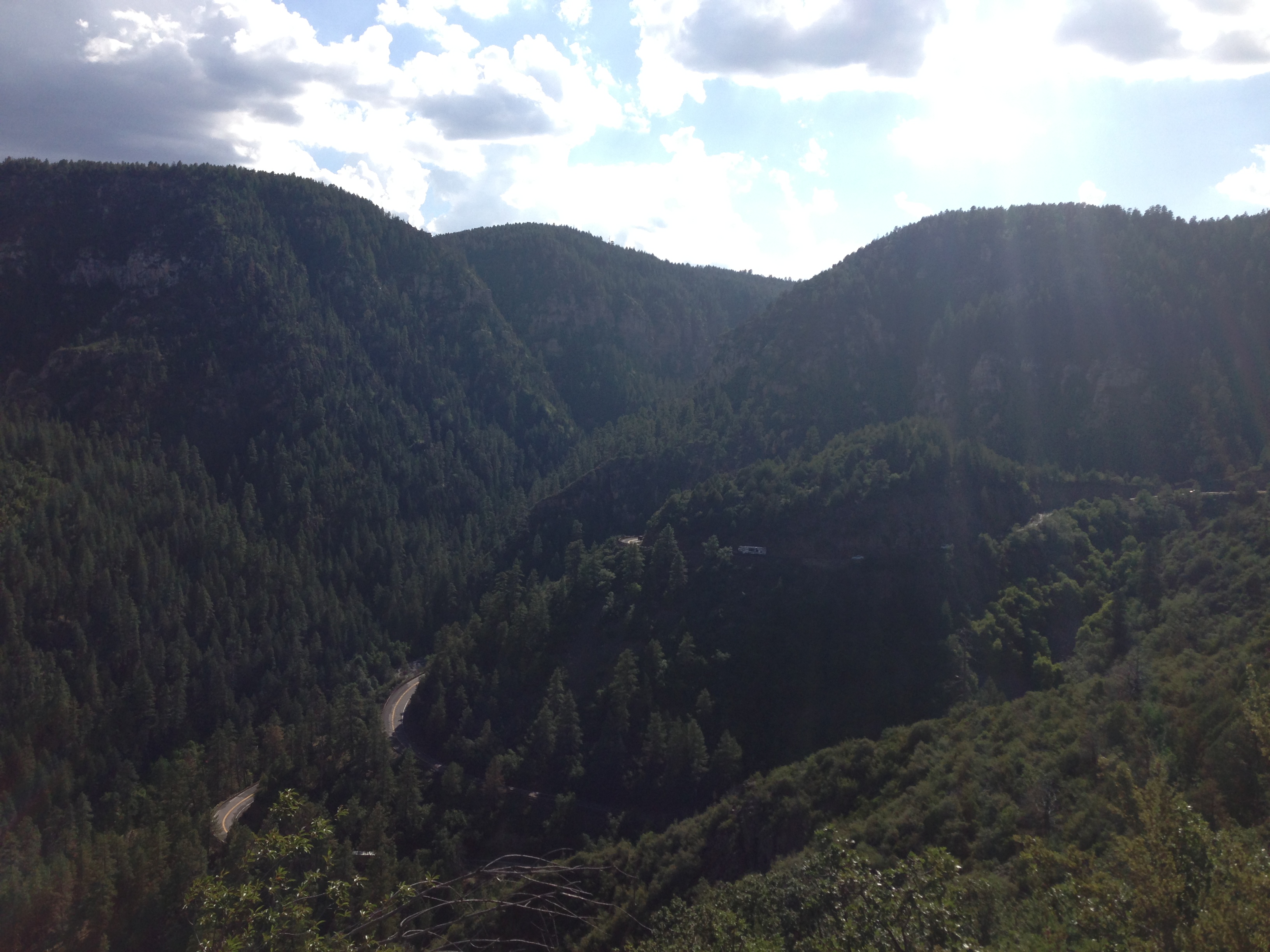
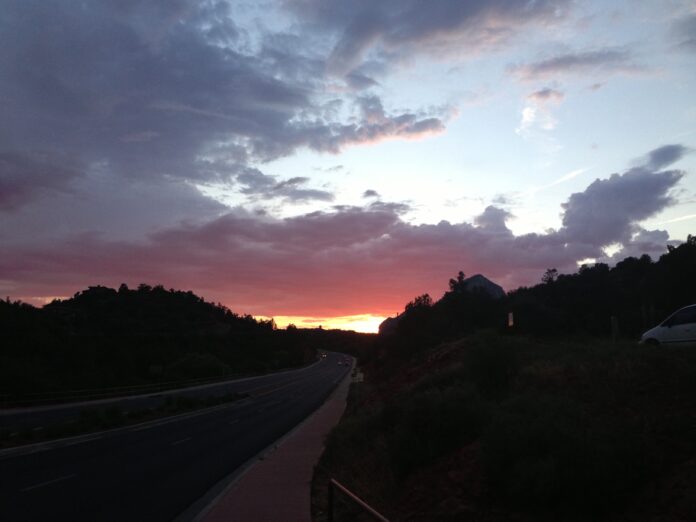
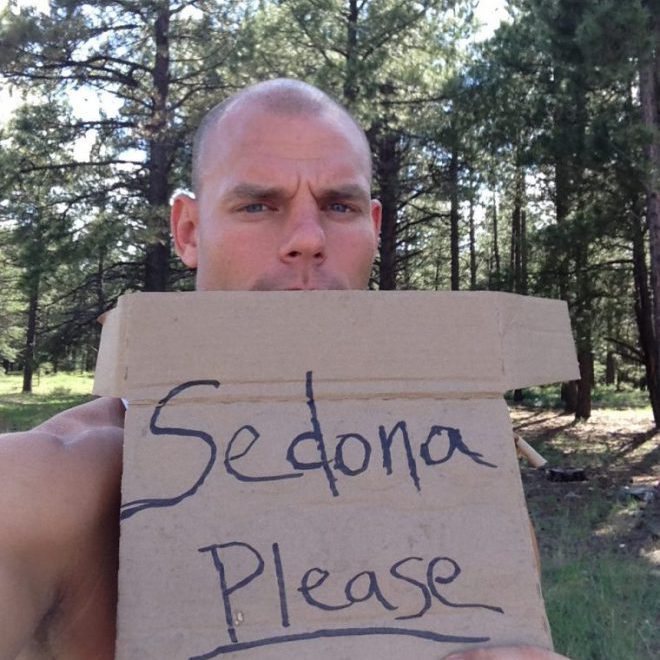
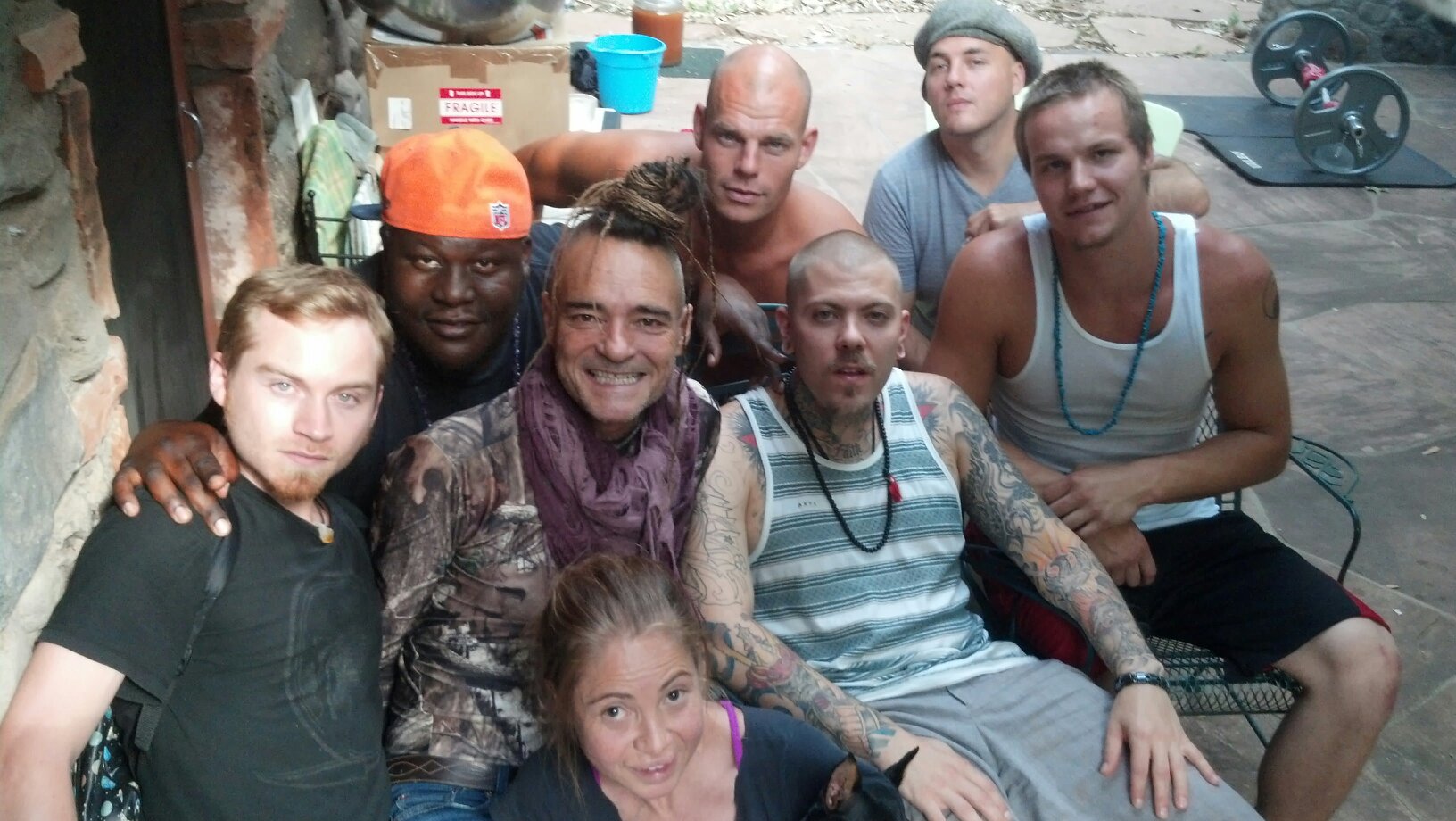
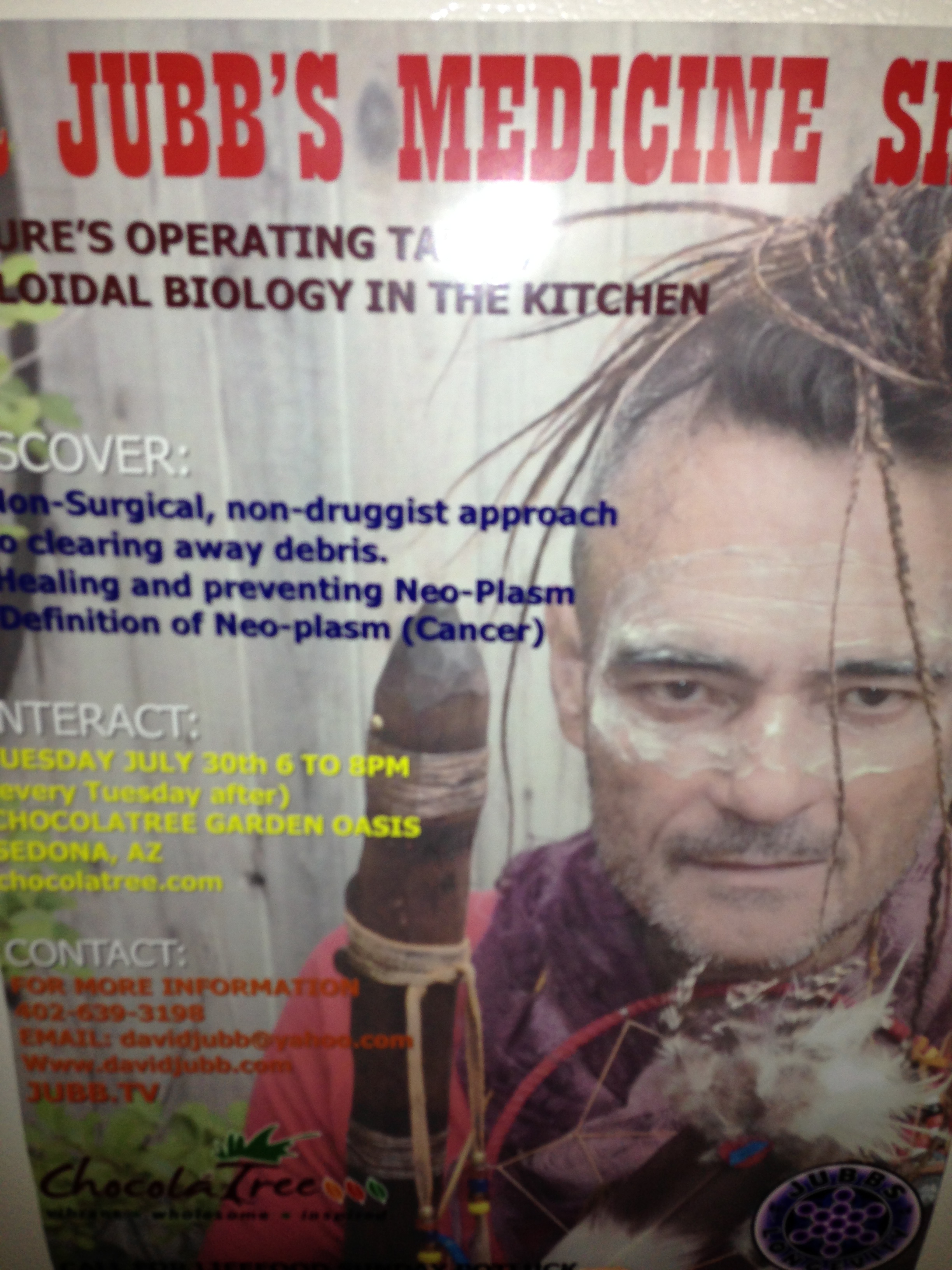
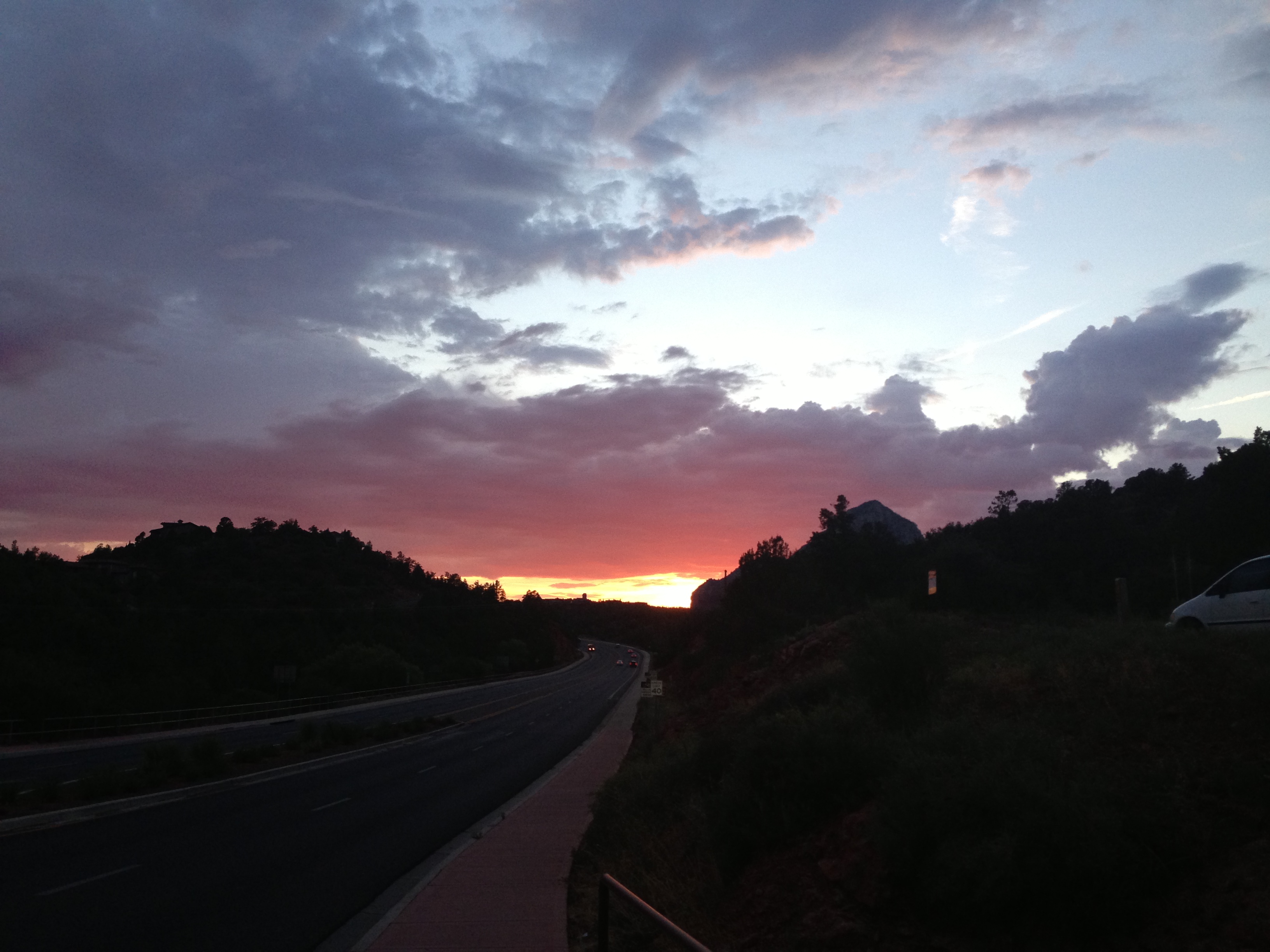




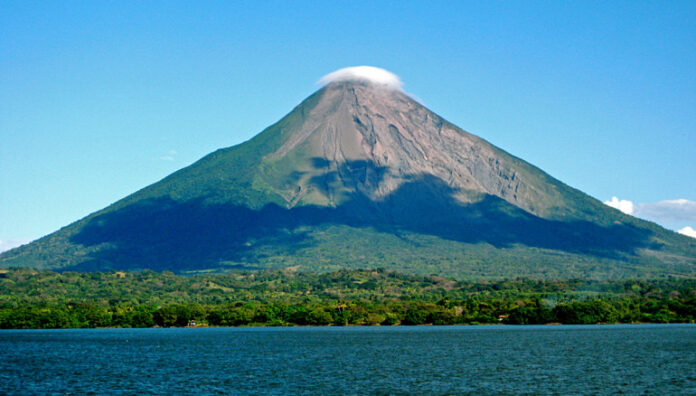





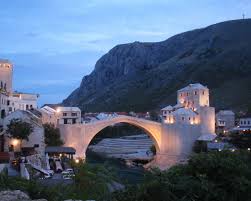
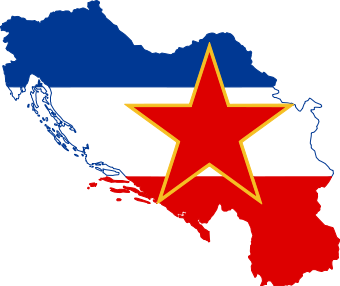
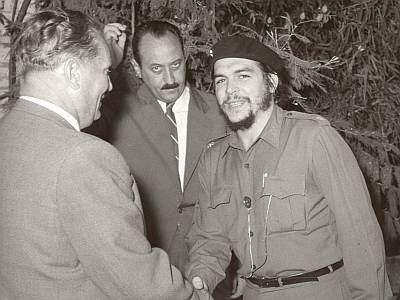
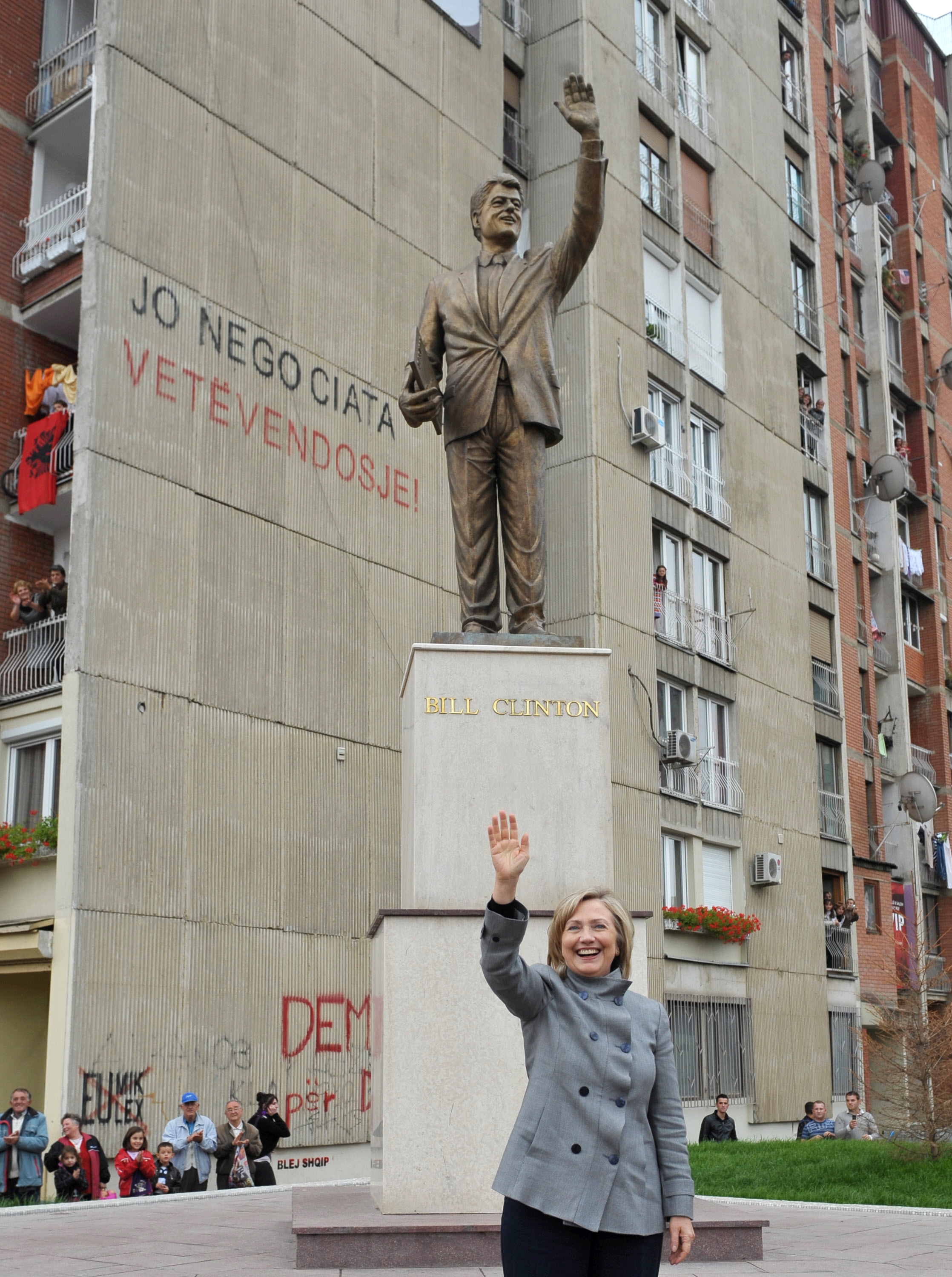
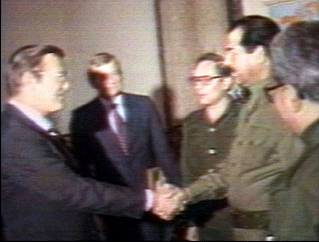
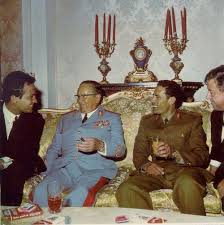
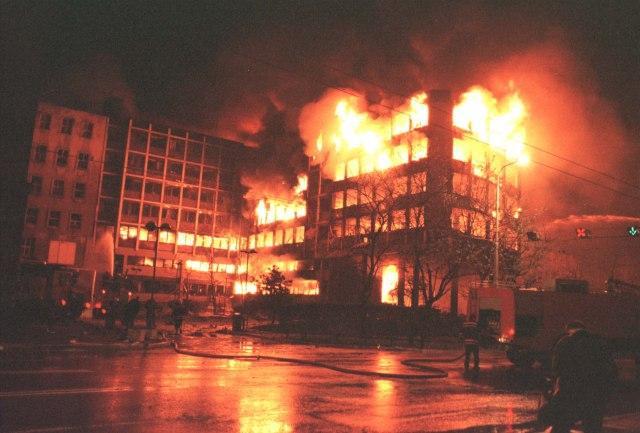
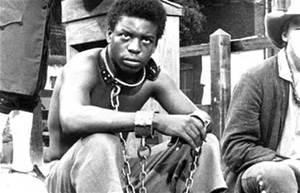
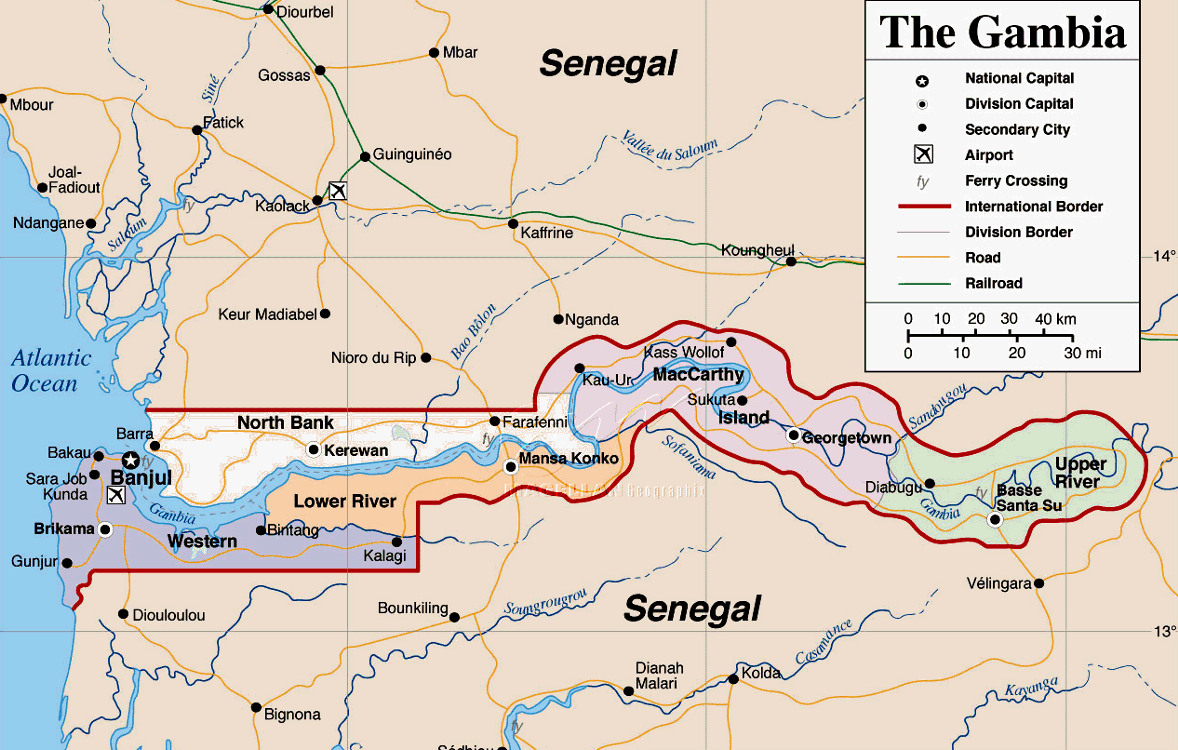 Like all colonial partitions, the border between the two countries divided peoples who had inhabited the region for thousands of years, namely the Mandinka, Serer and Wolof people.
Like all colonial partitions, the border between the two countries divided peoples who had inhabited the region for thousands of years, namely the Mandinka, Serer and Wolof people.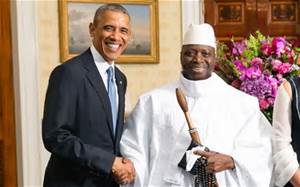 This guarantees the Jammeh government a steady stream of foreign currency from anyone desiring to traverse Senegal, because they have no choice but to go through Gambia. The four times I traversed the border, I was at the mercy of despot’s military border agents who arbitrarily named their price for a toubab to pass.
This guarantees the Jammeh government a steady stream of foreign currency from anyone desiring to traverse Senegal, because they have no choice but to go through Gambia. The four times I traversed the border, I was at the mercy of despot’s military border agents who arbitrarily named their price for a toubab to pass. Whisky-guzzling old men walked with young Gambian girls at their arm, employing them for the night. Crimson-colored Australian and English women —overexposed to the punishing sun— rented out dreadlocked, athletic local striplings to entertain them for the night.
Whisky-guzzling old men walked with young Gambian girls at their arm, employing them for the night. Crimson-colored Australian and English women —overexposed to the punishing sun— rented out dreadlocked, athletic local striplings to entertain them for the night.